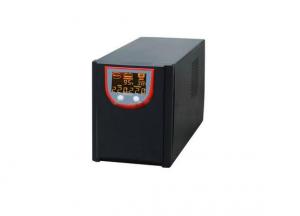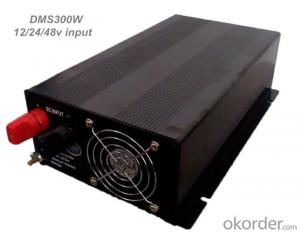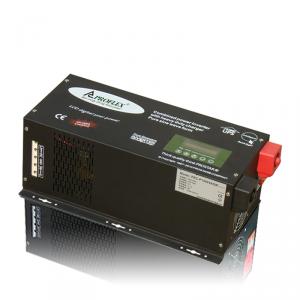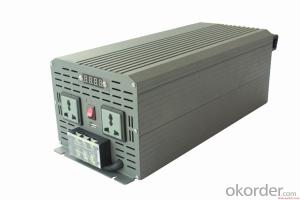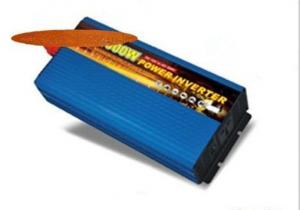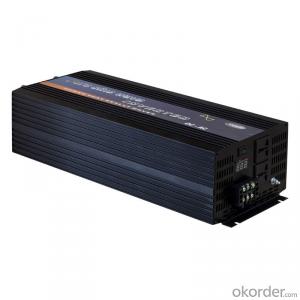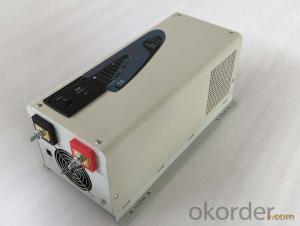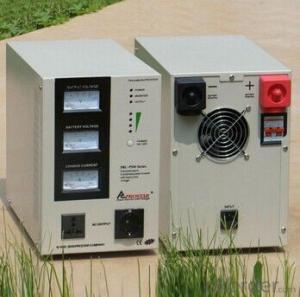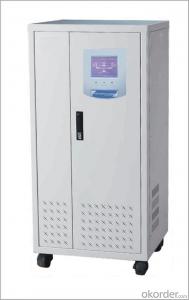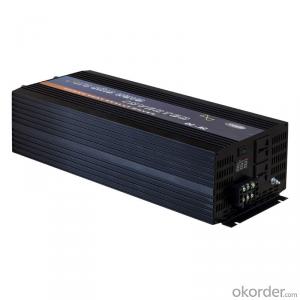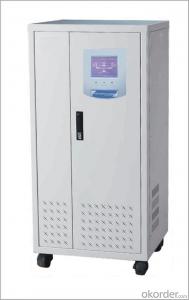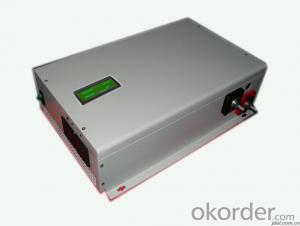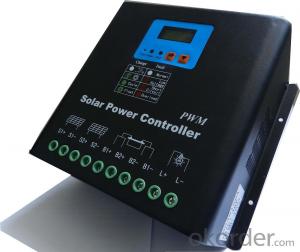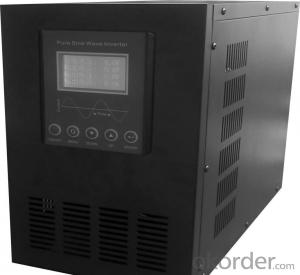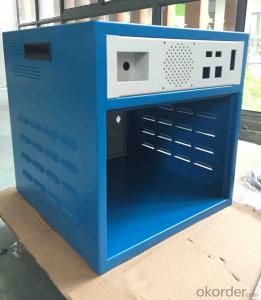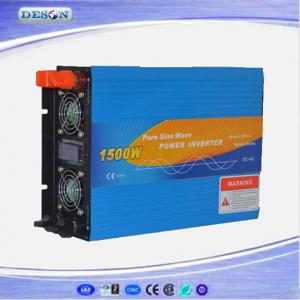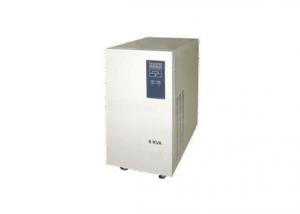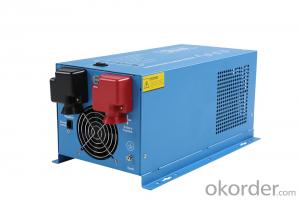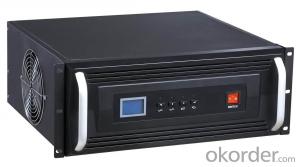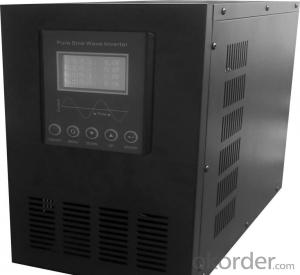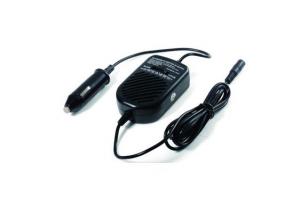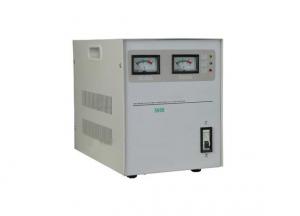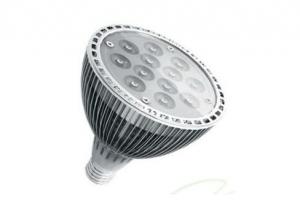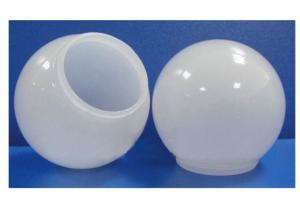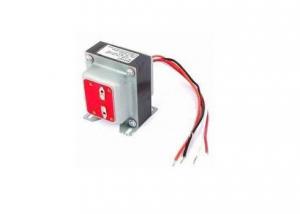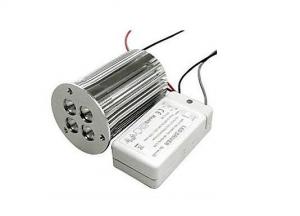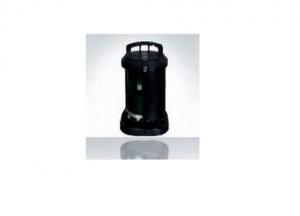Sine Wave Solar Inverter
Sine Wave Solar Inverter Related Searches
Solar Inverter Sine Wave Sine Wave Solar Inverter Price Pure Sine Wave Solar Inverter Magna Sine Solar Inverter Pure Sine Solar Inverter Sunny Solar Inverter Sunshine Solar Inverter Sun Solar Inverter Synergy Solar Inverter Solar Wifi Inverter Solar Solar Inverter Sunway Solar Inverter Sunways Solar Inverter Senergy Solar Inverter Solar Edge Inverter Siemens Solar Inverter Sunpower Solar Inverter Solar City Inverter Smart Inverter Solar Solar Energy Inverter Smart Solar Inverter Wifi Solar Inverter Solar Electric Inverter Invt Solar Inverter Enphase Solar Inverter Solar Smart Inverter Solar Module Inverter Solar Edge Hd Wave Inverter Solar Single Phase Inverter Wifi Inverter SolarSine Wave Solar Inverter Supplier & Manufacturer from China
Sine Wave Solar Inverters are advanced devices designed to convert the energy harnessed from solar panels into usable AC power for homes and businesses. These inverters play a crucial role in the solar energy system, ensuring that the electricity generated is compatible with the electrical grid and can be utilized efficiently. They are engineered to provide a stable and reliable power supply, making them an essential component in any solar power setup.Sine Wave Solar Inverters find their application in a variety of scenarios, from residential rooftop installations to large-scale commercial solar farms. They are used to power a wide range of electrical devices and appliances, making solar energy a versatile and sustainable energy source. These inverters are particularly beneficial in off-grid systems, where they provide a continuous supply of electricity, and in grid-tied systems, where they help to balance the load and reduce reliance on traditional energy sources.
Okorder.com is a leading wholesale supplier of Sine Wave Solar Inverters, boasting a vast inventory that caters to the diverse needs of customers worldwide. The platform offers a comprehensive selection of high-quality inverters from reputable manufacturers, ensuring that buyers have access to reliable and efficient products. With competitive prices and a commitment to customer satisfaction, Okorder.com is the go-to destination for those seeking to invest in Sine Wave Solar Inverters for their renewable energy projects.
Hot Products
